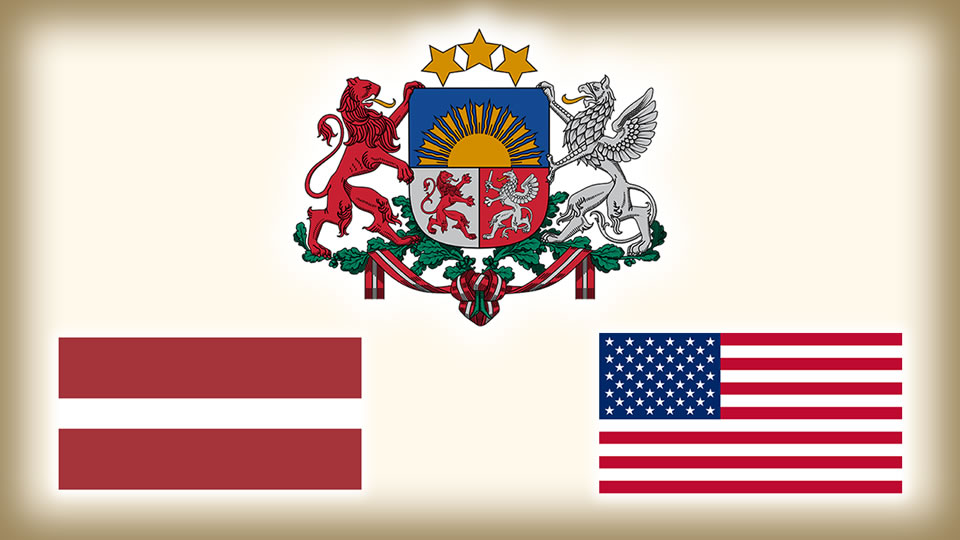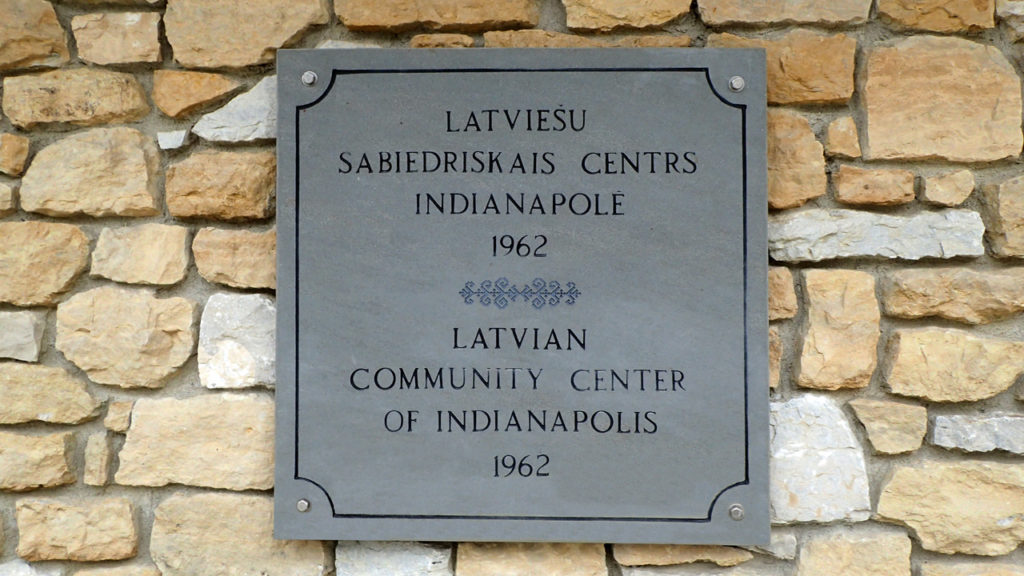ABOUT US

The goal, indeed the promise, of the founders of the Latvian Community Center was to build a Latvian Center in Indianapolis without debt or borrowed funds. The goal has been achieved and the promise fulfilled.
The building process is often a mix of obstacles and rewards. At times, excitement has coexisted with indifference. The backlash has encouraged defiance and fueled workers’ passion and sacrifice. But above everything has stood the sense of duty, to fulfill the promises given to the society and to turn the planned into reality. The road traveled has not been easy. The workers and project leaders understand best the toll that the five-year construction has taken.
The Indianapolis Latvian Center has become a part of history for the Latvians living in America. The workers deserve that their names and efforts devoted to building the center are not forgotten. It is impossible to describe all the work done. It is impossible to list all of the names of the workers and supporters. The additional number of hours worked in cleaning shows the sacrifice and contribution of everyone. The scope of the planned project was determined by the response of the public. We could fulfill the noble plans only within the limits of the funds at our disposal. The Center, within the limits of its possibilities, has supported and promoted Latvian culture, Latvian spirit, and Latvian public activity in Indianapolis. The wish of the founders is for the Center to promote these goals as long as there is an organized Latvian society in Indianapolis.
LATVIAN HISTORY

The Latvian colony in Indianapolis began to form only at the end of the late forties. With the exception of one elderly Latvian, George Inca, there were no other former natives of Latvian descent in Indiana. George Inca had come to America as a ship worker during World War I. When the first Latvians arrived, language was not a barrier for him to establish close contacts. Being an American citizen and a good speaker of the language, he helped young immigrants in the procurement of jobs and the start of life.
Later, when the Second World War ended, Latvians gathered in German refugee camps looking for opportunities to emigrate to other countries. Many turned to the United States. Before the U.S. adopted the Displaced Persons Entry Act of 1948, under President Truman, emigration to the U.S. was only possible within the limits of the quotas set for individual countries. The small quota was exhausted. The first Latvians, a family of 4 people, came to the U.S. and settled in Indianapolis.
As part of the new law, Latvians started moving to Indianapolis at the end of 1949. Paul Huffman, pastor of the First United Lutheran Congregation of the United States, was very eager to provide the guarantees needed for the arrivals. According to an article published in the Indianapolis Times in 1952, “He Invests in Human Beings”, he provided more than 400 guarantees, two-thirds of which were for Latvian emigrants. All the new emigrants were involved in the pastor’s congregation.
In memory of Latvians who died for freedom

The Latvian people started to walk a long and hard path of suffering since June 14, 1941. The occupiers of Latvia have started and continue to destroy the Latvian people in the most brutal way. The number of members of the Latvian nation exterminated in Siberian slave camps, murdered in communist prisons, maimed in countless penal camps, and those who fell in the battles for Latvia’s freedom reached several hundreds of thousands. In Latvia, it is forbidden to mention the names of these martyrs and heroes who have given their lives for the motherland. Their graves, without crosses and names, are scattered across the expanses of Russia and the Siberian tundra.
The idea arose to build a monument or place a commemorative plaque in Indianapolis for all Latvians who were deported, tortured, repressed, and killed by the communist occupiers. The Council of Latvian Organizations of Indianapolis takes on the responsibility of the implemented idea. Many ideas are exchanged about the location of the monument, mentioning cemeteries, parks, city halls, and other more prominent places. We finally manage to agree that the most suitable place will be the Latvian Center. Honoring all those Latvians who have suffered and died, the monument will be a place where we can lay flowers and remember the victims on the day of national mourning. The monument is being built with the funds donated by the entire Indianapolis Latvian society – the people – according to the design of the artist Arnold Sildeg. The work is carried out under the leadership of Anton Platacs and Juris Caune. The monument was opened on June 14, 1984, and it was consecrated by pastor Peteris Nesaule.




